
The Quantum Bicycle Society (or Quicycle, for short) is an international physics think tank. It was founded by Dr. John G. Williamson (CERN/Philips Research Laboratories/Glasgow University) and Dr. Martin B. van der Mark (Philips Research Laboratories).
We are a group of free thinkers who aim to throw light onto things that matter, and to continue our mutual education beyond the post-doctoral level. We seek to develop mind-tools that enable human thinking, both inwards, into the inner workings and structure of the “elementary” particles of the standard model, as well as outwards, into the cosmos and its workings.
This website contains:![]() VIDEO presentations,
VIDEO presentations, ![]() JOURNAL articles,
JOURNAL articles, ![]() Original BOOKS, Computational & Interactive
Original BOOKS, Computational & Interactive ![]() TOOLS, Prior
TOOLS, Prior ![]() ENGINEERING achievements, &
ENGINEERING achievements, & ![]() EDUCATIONAL materials (coming soon)
EDUCATIONAL materials (coming soon)
![]() uicycle is dedicated to the principles of:
uicycle is dedicated to the principles of:
- Furthering Pure Science
- Science that is analytic, testable, and calculable
- Restoring the proper operation of the scientific method
- Science that can be used to imagine new materials, devices, and systems
- The most solid scientific proof of all manifests in bringing a concept from thought into material reality
- Enabling thinking which could otherwise not be thought about at all
- Elementary particles are not assumed to be axiomatic
- Sub-quantum mechanics and particle structures are investigated and elucidated
- Excluding the untestable
- Countering conjecture masquerading as science
- Many worlds, hypothesized particles, infinities, unphysical (or unobservable) concepts not subject to experiment, and extra dimensions beyond those of the fabric of spacetime are not contemplated

Several breakthroughs have been achieved by Quicycle members through their work; answers or approaches to several scientific questions have been proposed. Explanations of the following key concepts can be found in our peer-reviewed published work, in our Journal articles, Books, Video presentations, and Glossary, or reflected in our Engineering achievements. (See links below.)
1. The electron’s substructure that gives rise to its properties ![]() (see Breakthroughs)
(see Breakthroughs)
2. The electron charge can be calculated using this model!
3. The physical reason and calculation for g-2 (the electron’s anomalous magnetic moment)
4. Why and how the electron has both a particle and wave nature
5. The nature of charge
6. The quantization of charge
7. A theory of sub-quantum gravity (see Breakthroughs)
8. The physical mechanism by which mass distorts spacetime (see Breakthroughs)
9. The relativistic basis of quantum mechanics
10. The nature of and reason for quantum collapse
11. The way Relativity emerges as a consequence of photon and particle structure
12. Subatomic particle structure and symmetry (see Breakthroughs)
13. The way protons & neutrons bind to form nuclei (see Breakthroughs)
14. Why some nuclei are stable and others are radioactive
15. The reason for no magnetic monopoles
16. The reason for the flatness of the universe
17. The nature of the Poincaré stresses
18. The topology and components of electron spin
19. The physics behind the Pauli Exclusion Principle & Hund’s 2nd Rule
20. The nature and mechanism of paramagnetism vs ferromagnetism
21. Proposed mechanisms for both matter-antimatter creation & annihilation
22. Absolute Relativity Theory — A Proposed Hilbert’s 6th Solution (see Breakthroughs)
(Yes, we know. This is not a small thing!)
(This is not many small things!)

1. The Fifth Force: The Superstrong Force
2. M.A.R.T.: the Mathematics of Absolute Relativity Theory
3. If dark energy exists, it comprises precisely 66.67% of the universe.
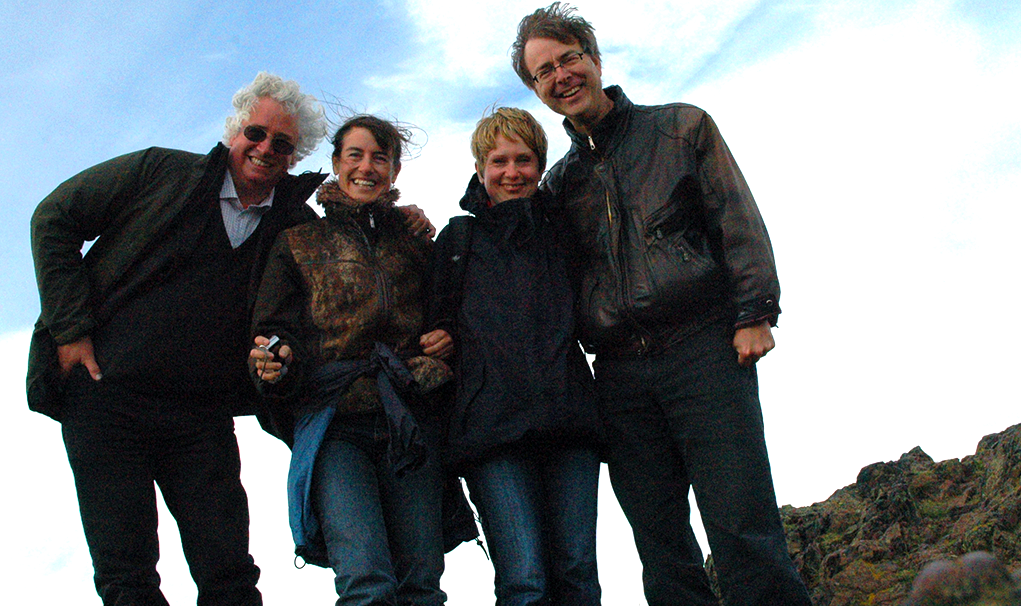
The name Quicycle is a contraction of the term quantum bicycle, which is a visual description of John and Martin’s work describing the substructure of the electron. This is a realm that we at Quicycle like to call sub-quantum mechanics. It is also a reminder to keep things simple.
According to this model, an electron is formed when a photon makes two revolutions per wavelength, tracing a torus-shaped double-loop rotation in momentum space, in order to comprise the stable, elementary particle. According to the Robinson model, not only the electron but all stable subatomic particles are composed of an internal photon of the appropriate energy that completes two revolutions per wavelength. (See Vivian Robinson: The Common Sense Universe)

We consider that, while the standard models of the things that matter in subatomic particle physics, as well as our understanding of gravity and the structure of the universe, have contributed much of value, many anomalies and unexplained phenomena persist. Modern physics has continued to build upon the axiomatic existence of the subatomic particles without considering from where their properties emerge.
We intend to build upon what has been learned from the standard model, and in recognizing where and why its limits arise, to overcome them and extend our understanding. We accomplish this by delving into both the very large and the very small. On the one hand, we examine the level of sub-quantum mechanics, where particle structures that give rise to their properties are investigated and elucidated. On the other, we probe the large-scale structures and origin of the Universe. In the center, we explore the intermediate domain of quantum chemistry and solid state physics. Our aim is to tie together and also extend the elements of the standard model. In this pursuit, we warmly invite other scientists to similarly engage in public in this manner.
It is time to pursue deeper levels of clarity and understanding, and to find the science that works, based upon established principles, experimental results, and thinking that makes sense.
And if, through this process, we find ourselves closer to solving Hilbert’s 6th problem, all the better.
“It is precisely at the point where things become mysterious that there is most to be learned and most to be gained. One should not merely dare to go there, but plunge in with pleasure to explore just what can be done.” — John G. Williamson
 Media
Media
PODCAST APPEARANCES:
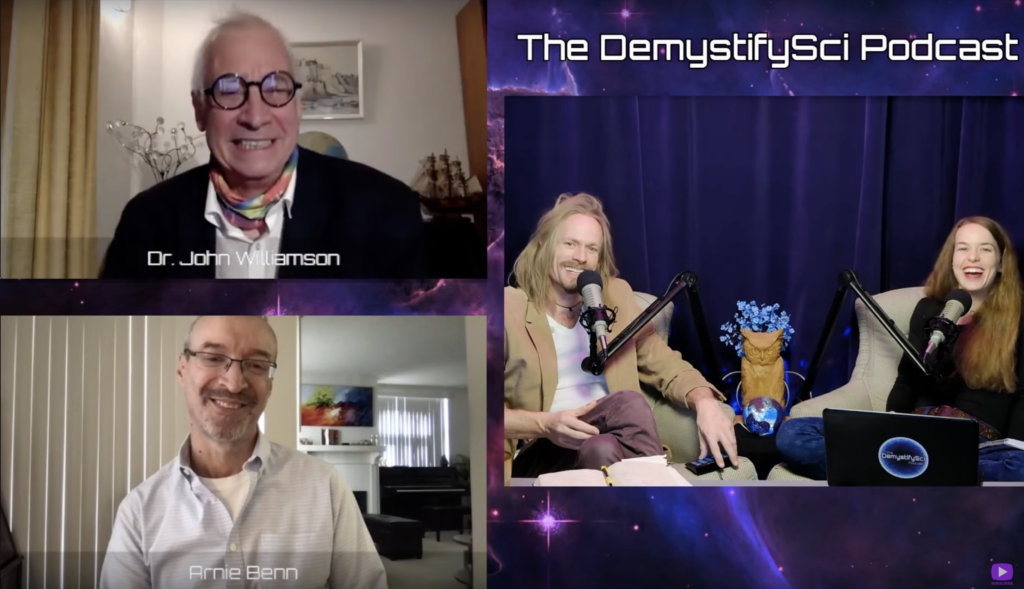
![]() What The Universe Is Made Of:
What The Universe Is Made Of:
John Williamson & Arnie Benn talk Quicycle science on the Demystify Science podcast. See also YouTube: @DemystifySci_Podcast
![]() Sub-Atomic Architecture:
Sub-Atomic Architecture:
John Williamson on his journey through the world of physics, on the Demystify Science podcast.
For additional podcast appearance, see Video List.
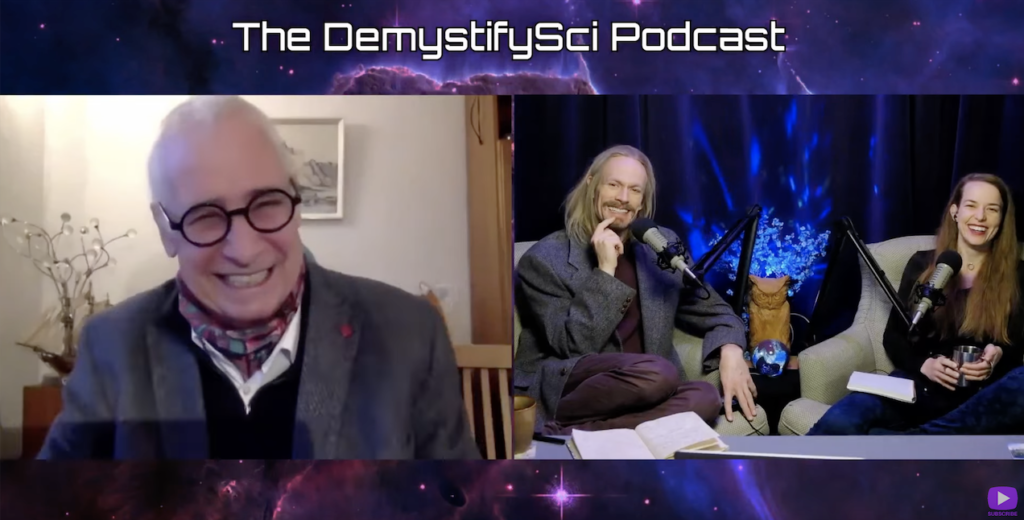
 Content
Content
![]() VIDEO PRESENTATIONS
VIDEO PRESENTATIONS
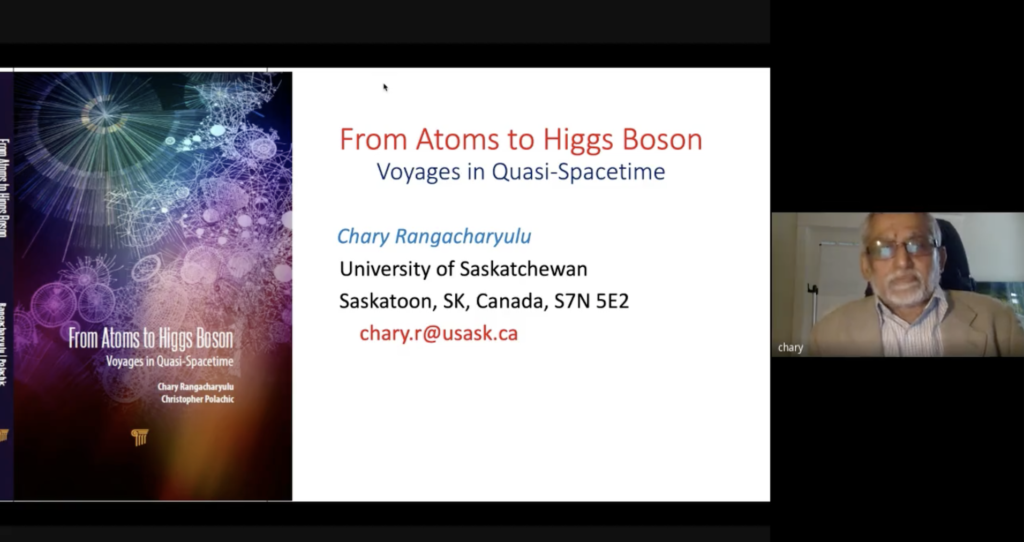
Presentations are given by invitation. Topics include mathematics, subatomic physics, solid state physics, relativity, astronomy, cosmology, and more. (see VIDEOS)
Many of the presentations are followed by a QA&D session — Questions, Answers, & Discussion — with the presenter.

![]() PUBLICATIONS
PUBLICATIONS ![]()
A selection of journal articles by Quicycle Society members is offered. (See JOURNAL) It includes a selection of articles published elsewhere, as well as some published exclusively here. We also offer a selection of books authored by our members. (See BOOKS).
![]() TOOLS
TOOLS
An Interactive PERIODIC TABLE of atomic orbitals is in development, and several TOOLS in our GitHub software repository are provided. Additional software tools for sub-quantum modeling are also currently in development.
![]() ENGINEERING
ENGINEERING
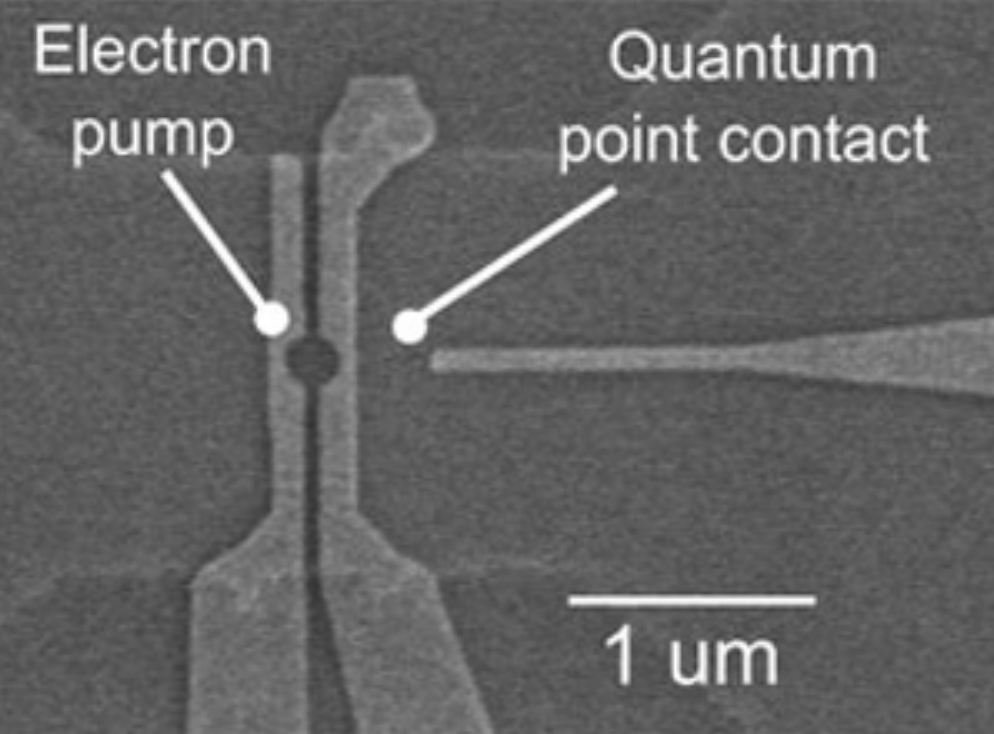
Quicycle members have several successful invention and engineering projects under their belts, and we currently have patents in development.
(See ENGINEERING & INVENTIONS for more details.)
![]() EDUCATIONAL MATERIALS
EDUCATIONAL MATERIALS
Content is in development in order to help clarify and render usable the theories put forward on this website. (More info coming soon.)
 Contact Us
Contact Us
Click below to contact us by email.
General Inquiries:
info@quicycle.com
Co-Founders: (in inverse alphabetical order)
John G. Williamson
Martin B. van der Mark
Michael Rudolph
Vivian N.E. Robinson
Mayank Drolia
Arnie Benn
Innes Anderson-Morrison
